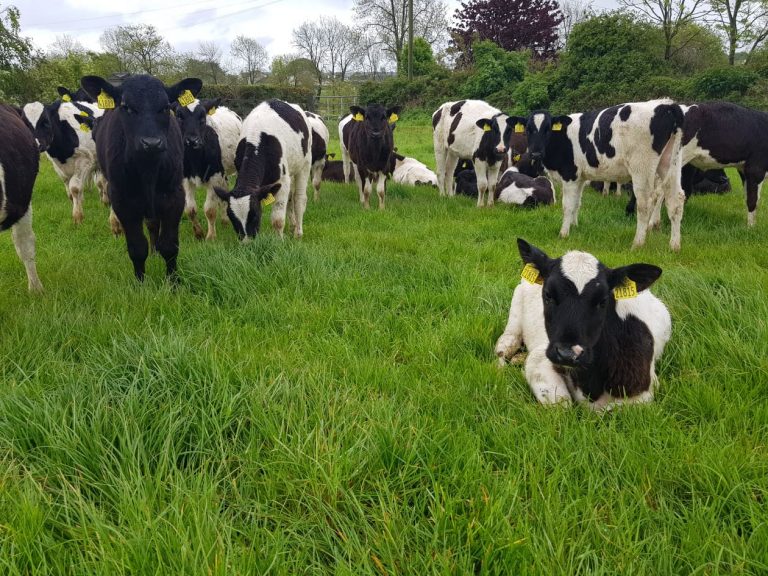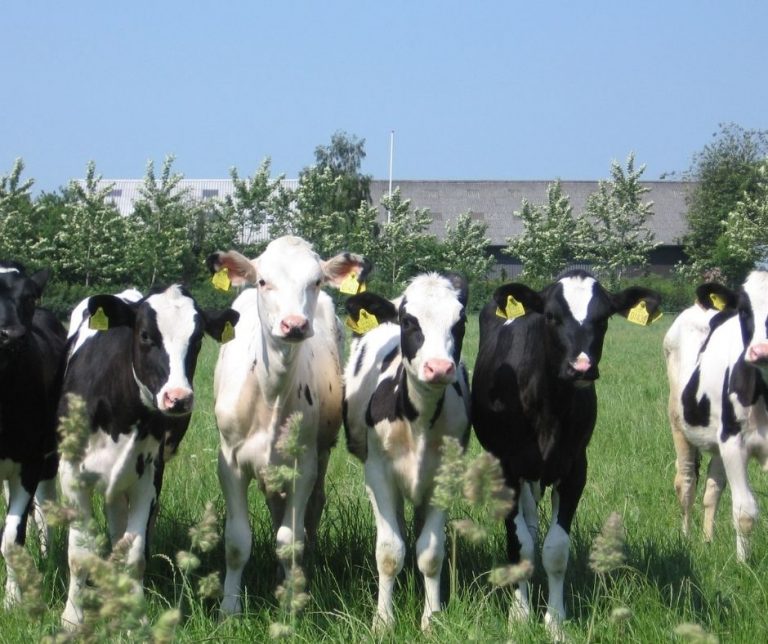By Jim Dockery, Health & Safety Manager, FRS Co-op
Covering silage pits is a common task in Ireland especially during the late Spring and early Summer season. Most silage is cut in June with second cuts usually 6 weeks after the first cut.
Silage for the most part is drawn into the yard in trailers. It is then tipped onto a concrete slab and pushed up with large loaders with a 3-4-metre rake on the front. It is continuously rolled by loaders which are fitted with dual wheels for stability and safety. These loaders can roll the grass along the edge with less risk of the grass slipping.
When all the grass is in the pit the entire top surface is rolled well to get as much air out as possible. While this process is going, it is important to note that there is no need for anyone in the area except the loader driver and possibly someone tidying along the edges on the ground.
The next step is to cover the pit. To do this you blanket the pit with 2 layers of 12 gauge plastic pit covering. This task usually requires a number of people. The pit is often very high with no edge protection in place. To ensure the safety of workers, here are some key steps to follow when covering pits.
Preparing The Pit
- Have the base of the pit well cleared and ready for covering. Ensure there is access around the pit where possible.
- If walls are in place, it is recommended to line out the top metre with a sheet of plastic and fold the remaining 2 metres of this underneath the main cover. This helps eliminate waste afterwards.
- Have the covering materials laid out and ready to move before you start.
- Use the loader if possible or a 4 wheel drive tractor to move heavy items up on the pit such as the roles of plastic.
- You will need 3 or 4 adults to help. Always keep children away from the pit.
- Do not have children on or around the pit where machinery is moving. If you are the machine driver please tell the farm owner to remove children while you are operating and working on the pit.
Covering The Pit
- Start opening the cover at the highest point of the pit and slide down the high side at the back until you have a sufficient amount to cover the back.
- Some farmers may use two covers or /and an old cover as well to protect the new one. Farmers may use netting on top of the two covers also.
- Roll out all covers and netting across the pit width and back part to ensure tails have enough lap for weight.
- Roll covers down the pit 2 metres across the width of pit.
- Where you have handrails on the walls hold on for safety. Where no walls are in place keep well back from the edges on both sides and have 1 person on the ground at each side to pull cover and netting into place.
- Use the loader to carry up materials, such as tyres, dung, sandbags etc. This needs to be arranged in advance with contractor. Be sure to always keep clear of the loader when the driver is moving up the pit.
- Use gloves when handling tyres and ensure they are not damaged as they will cut the covers.
- Start covering the pit from the high end and roll the cover 2 meters at a time. This allows the machine to drive on the grass and not on the cover thus preventing cover damage.
- Some farmers may use telescopic handlers for dropping off tyres when covering.
- Work all the way down the pit if using tyres or sandbags.
- When covering the sides of the pit with tyres always start on the ground level with a row and work upwards, car tyres can be slid down the top to land on the first row. Avoid using tractor or lorry tyres as they are too heavy and dangerous if they were to roll. Some farmers and companies make a mat with tyres and lift into place then.
Stay Safe When Working At Heights
Farmers have many options for covering pits, however at all times it is important to be careful and adhere to safety guidelines especially when working at heights or with machinery.
With the busy silage season approaching, farmers can contact their local Farm Relief Services office should they need help on the farm. Find out more by visiting https://frsfarmreliefservices.ie/
Keep up to date with FRS Co-op news here.




